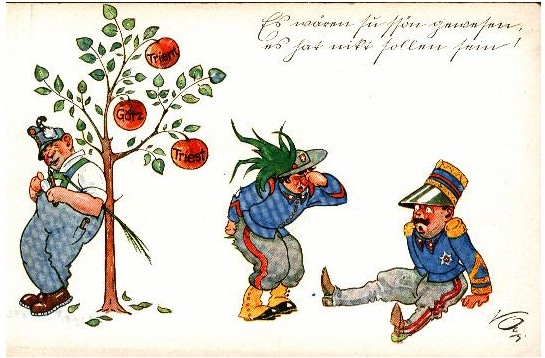

Thirdly, specialty coffee shops educate consumers about the formal qualities of coffee and encourage them to see coffee as more than just a caffeine fix or an opportunity to socialize. They might design their space is a unique way or regularly change the coffee beans on offer. To do this, they play on their curiosity. Secondly, specialty coffee shops create opportunities to attract customers into their establishment and make them come back. These features of specialty coffee are reinforced by organizations like the Specialty Coffee Association and events like barista championships.ĭude food vs superfood: we're cultural omnivores They also include service interactions like the friendliness of the barista and their ability to give clear information about the beans to customers. These include the balance of flavours, aromatic complexity, precision and skill of creating of a cup of coffee.
LOWBROW VS HIGHBROW HOW TO
Specialty coffee professionals establish specific criteria about what good coffee is and how to make it. To understand why, we first need to look at the “market work” of baristas and the efforts they make to attract consumers to a new market. Still, surprisingly, they continued to go to traditional cafés. But once they gave it a chance, they understood why it tasted better. It is often also twice as expensive as coffee from traditional cafés.įrench consumers who were once satisfied with the taste of café coffee first found specialty coffee unfamiliar. The coffee comes in numerous variations and complex notes. Unlike the traditional cafés, these coffee shops use higher quality coffee beans, roasted by artisans and brewed by trained baristas. Over the last decade, many specialty coffee shops have opened in France. But despite the coffee’s quality, cafés still remain as important cultural institutions.Ĭultural omnivores are economically and culturally privileged people who are able to enjoy both highbrow and lowbrow activities simultaneously. When customers ask for a coffee (usually the cheapest drink on the menu), the waiters bring them a bitter espresso that many would call bad.

Today, cafés are sociable places that welcome people from various social classes.

Paris’ first cafés opened in the 17th century.

specialty coffee shopsįrance has a well-established coffee culture. That’s helped us understand how people develop their omnivorous tastes. We’ve studied coffee consumption in France for 7 years. Social scientists call these people “cultural omnivores.” Research has shown that these omnivores are economically and culturally privileged people who can enjoy both “highbrow” and “lowbrow” cultural products simultaneously.Īs consumer researchers, we’ve looked into the phenomenon of cultural omnivores. Some love independent movies while indulging in the guilty pleasure of blockbuster franchises and “ trashy” reality TV. Others are craft beer aficionados who also enjoy a cold bottle of mass market beer at the beach. Broadly, what they all share is the notion that the self needs to feel satisfied and needs it at a level requiring and justifying obtaining it at the expense of others.Some people who love classical music also dance to Celine Dion. The third variant, the ‘self-oriented’ meaning, implies a whole cavalcade of notions from thinking and justifying entitlement to degrees of scheming. The ‘other-oriented’ meaning implies a searching of justification and responsibility with the object of treating others with decency and dignity. By ‘introspection’ we mean any of three things: the neutral/objective meaning implies the attempt to understand why we think and feel as we do (with which the dictionary agrees). An understanding of bio-social factors in individual and group behavior offers us a good rule of thumb to rely on when our context is variable: Whether general or specific, we look to the nature and quality of introspection as determined from adequate behavioral flags. Before proceeding to the thesaurus entries let me introduce the approach we will take on the subjective elements (perspective).


 0 kommentar(er)
0 kommentar(er)
